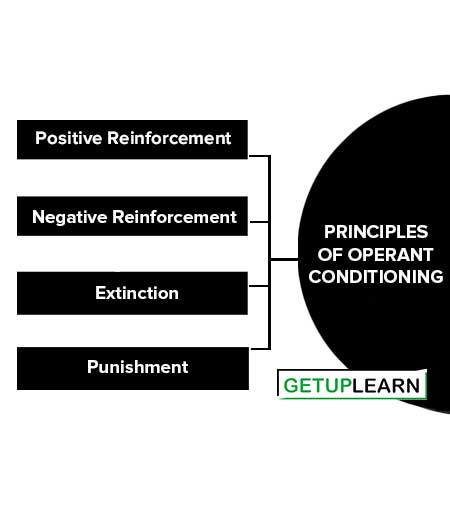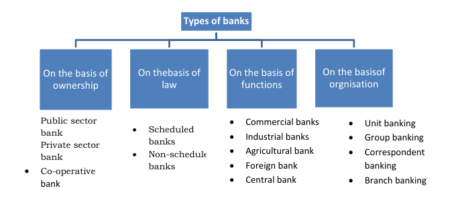Table of Contents
What is Operant Conditioning?
An operant is defined as a behavior that produces effects. Operant conditioning, basically a product of Skinnerian psychology, suggests that individuals emit responses that are either not rewarded or are punished. Operant conditioning is a voluntary behavior and it is determined, maintained, and controlled by its consequences.
Operant conditioning is a powerful tool for managing people in organizations. Most behaviors in organizations are learned, controlled, and altered by the consequences; i.e. operant behaviors. Management can use the operant conditioning process successfully to control and influence the behavior of employees by manipulating its reward system.
Classical Conditioning
The work of the famous Russian physiologist Ivan Pavlov demonstrated the classical conditioning process. When Pavlov presented a piece of meat to the dog in the experiment, Pavlov noticed a great deal of salivation. He termed the food an unconditioned stimulus and the salivation an unconditioned response. When the dog saw the meat, it salivated.
On the other hand, when Pavlov merely rang a bell, the dog did not salivate. Pavlov subsequently introduced the sound of a bell each time the meat was given to the dog. The dog eventually learned to salivate in response to the ringing of the bell even when there was no meat. Pavlov conditioned the dog to respond to a learned stimulus.
Thorndike called this the “law of exercise” which states that behavior can be learned by repetitive association between a stimulus and a response. Classical conditioning has a limited value in the study of organizational behavior.
As pointed out by Skinner, classical conditioning represents an insignificant part of total human learning. Classical conditioning is passive. Something happens and we react in a specific or particular fashion. It is elicited in response to a specific, identifiable event.
As such it explains simple and reflexive behaviors. But the behavior of people in organizations is emitted rather than elicited, and it is voluntary rather than reflexive. The learning of these complex behaviors can be explained or better understood by looking at operant conditioning.
Principles of Operant Conditioning
Reinforcement is anything that both increases the strength of response and tends to induce repetitions of the behavior. Four types of reinforcement strategies can be employed by managers to influence the behavior of the employees, viz., positive reinforcement, negative reinforcement, extinction, and punishment.
Let’s discuss the four principles of operant conditioning:

Positive Reinforcement
Positive reinforcement strengthens and increases behavior through the presentation of a desirable consequence (reward). In other words, positive reinforcement is a reward that follows a behavior and is capable of increasing the frequency of that behavior. There are two types of positive: reinforcement: primary and secondary.
Primary reinforcers such as food, water, and sex are of biological importance and have effects, which are independent of past experiences. For instance, a primary reinforcement like food satisfies hunger needs and reinforces food-producing behavior.
Secondary reinforcement like job advancement, recognition, praise, and esteem results from previous association with primary reinforcement. Primary reinforcement must be learned. In order to apply reinforcement procedures successfully, management must select reinforces that are sufficiently powerful and durable.
Negative Reinforcement
The threat of punishment is known as negative reinforcement. Negative reinforces also serve to strengthen desired behavior responses leading to their removal or termination.
Extinction
Extinction is an effective method of controlling undesirable behavior. It refers to non-reinforcement. It is based on the principle that if a response is not reinforced, it will eventually disappear. Extinction is a behavioral strategy that does not promote desirable behaviors but can help to reduce undesirable behaviors.
Punishment
Punishment is a control device employed in organizations to discourage and reduce the annoying behaviors of employees.
FAQs About the Operant Conditioning
What are the principles of operant conditioning?
The principles of operant conditioning are:
1. Positive Reinforcement
2. Negative Reinforcement
3. Extinction
4. Punishment.

